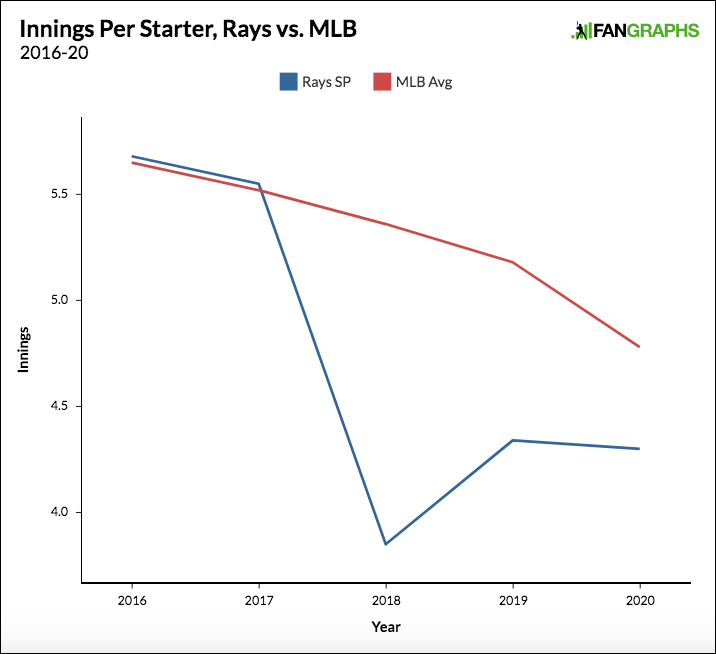In 2016, Matt Shoemaker had a career year. He made 27 starts, threw 160 innings, and compiled 3.5 WAR on the back of a 3.88 ERA, 3.52 FIP, and truly pinpoint control (4.5% walk rate). In the four years since, he’s thrown 166 innings — total. That’s been worth 1.3 WAR, with his 4.12 ERA, 4.73 FIP, and 8.2% walk rate all representing steps back from his peak form.
Of course, as a pitcher, his services are still in demand: There are never enough arms to cover the innings that teams need, and you can always dream on someone returning to their peak form. This year, that need and dream belong to the Twins, who signed Shoemaker on Sunday to a one-year deal worth $2 million as he attempts to reprise his former success.
From late 2016 to ’20, everything that could go wrong for Shoemaker did. On September 4, 2016, he was hit in the head with a line drive that fractured his skull. He rehabbed from that injury in time for the 2017 season, only to have his year cut short by forearm tightness; he eventually had a compressed nerve surgically corrected. When he returned to the field, his arm still hurt, and he missed most of 2018 after surgery on an elbow tendon.
That was enough for the Angels, who non-tendered Shoemaker, but his woes were only beginning. After signing with the Blue Jays, he tore his ACL during a rundown (as a fielder, but still!) after only five starts. After yet another rehab, he returned for an abbreviated 2020. Even then, he couldn’t stay on the field, missing the better part of a month with shoulder inflammation.
That’s a truly grim five-year stretch, the kind of injury past that some pitchers can’t recover from. But while some pitchers’ arms are never the same after that kind of luck, Shoemaker has been effective when he’s taken the field. It hasn’t been great — as I mentioned above, his ERA, FIP, and walk rate have all been worse — but he’s still been playable, and it’s easy to convince yourself that a healthy Shoemaker might add back some velocity and pick up where he left off.
Read the rest of this entry »

